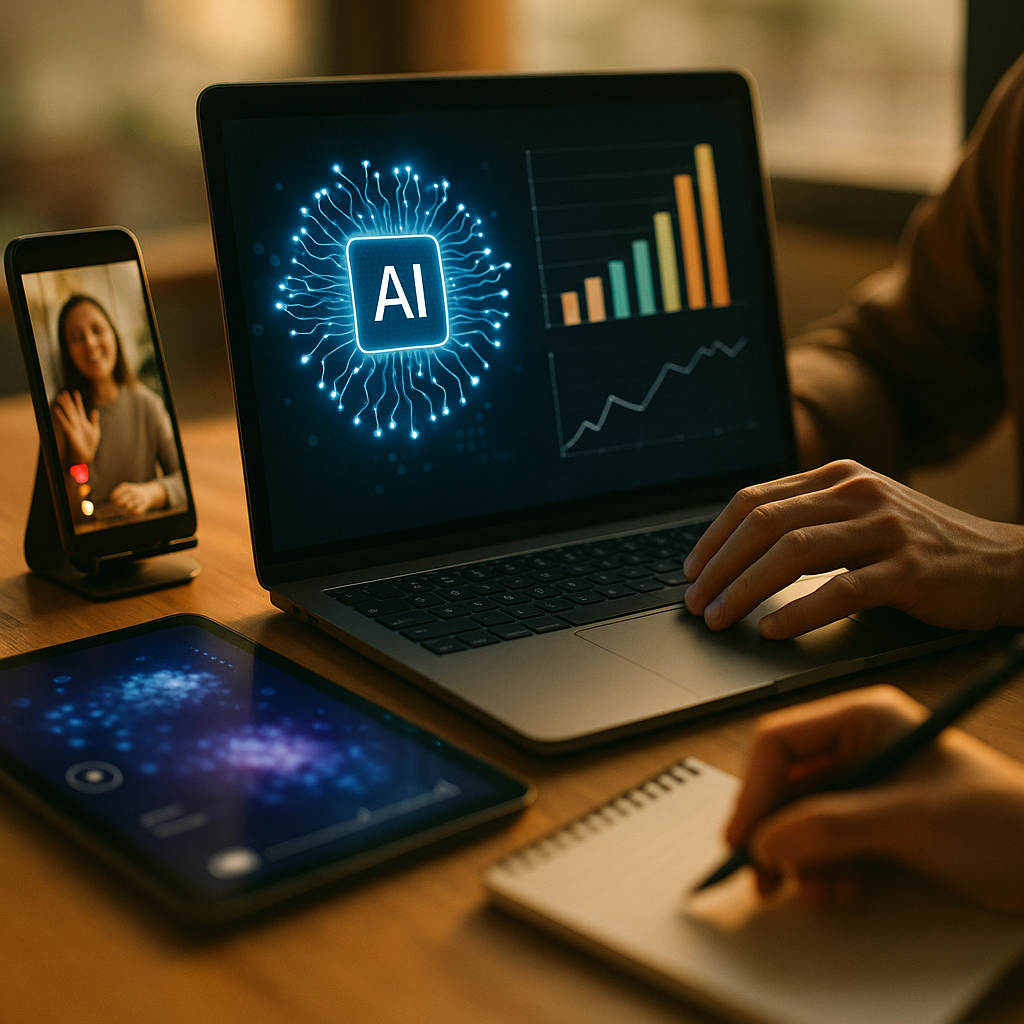Using AI to analyze the narrative flow and engagement hooks in viral content is rapidly transforming how marketers and creators unlock the secrets of online virality. As digital competition intensifies in 2025, understanding what truly hooks audiences is mission-critical—and AI offers a powerful lens to decode these dynamics.
Understanding Narrative Flow in Viral Content
Narrative flow—the way a story unfolds, transitions, and keeps momentum—is a cornerstone of viral success. Modern AI tools are trained to dissect narrative arcs in everything from social videos to blog posts. Recent studies show that content with clear, engaging progression increases viewer retention by up to 42%. AI-powered analysis identifies where content lags or loses coherence, highlighting opportunities to strengthen storytelling structure. For creators, this means building smoother, more compelling content journeys strategically, not just intuitively.
Effective narrative flow hinges on pacing, clarity, and emotional cadence. AI learns from millions of viral examples to flag weak transitions, repetitive points, or confusing shifts in perspective. Leaders in digital marketing rely on these insights to refine scripts, visuals, and text so that every moment matters. The goal: to keep audiences onboard for the entire ride, dramatically raising engagement and shares.
Dissecting Engagement Hooks with AI Tools
At the heart of every viral hit lies a powerful engagement hook—the element that stops scrolling thumbs and ignites curiosity. AI-driven content analytics track the subtle features that serve as these hooks, from standout headlines to dramatic pauses or visually shocking frames. Pattern recognition at scale allows AI models to surface what triggers emotional responses or drives social interactions.
Content strategists in 2025 commonly use AI to compare the performance of different hooks within similar niches. For example, one viral cooking video’s sudden taste-test might outperform another’s celebrity cameo. By using machine learning, teams iterate and test hooks efficiently, boosting their odds of explosive reach.
- AI spots correlating spikes in comments when a joke lands early in a video.
- Image recognition pinpoints which visual elements garner more reactions.
- Sentiment analysis reveals if an intro’s tone evokes curiosity or trust.
Sentiment Analysis and Emotional Trajectory
In 2025, AI’s ability to track sentiment across content timelines has never been sharper. Natural language processing (NLP) algorithms analyze not only literal meaning, but emotional subtext, detecting shifts in tone that correspond with rises—or dips—in engagement. For marketers, mapping this “emotional trajectory” informs where viewers are most engaged or likely to drop off.
For instance, social clips that build suspense and then resolve with a satisfying payoff consistently outperform those that simply inform. AI platforms chart how positive or negative sentiment transitions through each beat, helping brands and independent creators optimize for emotional authenticity and resonance.
Predictive Analytics: Forecasting Virality
Predictive analytics is a game-changer for content creators looking for that elusive viral moment. AI models, trained on thousands of past hits, use behavioral data and engagement patterns to forecast a new post’s viral potential. This allows creators to tweak their content pre-release, increasing the likelihood of breakout performance.
Highly-rated predictive systems in 2025 integrate multiple data streams—text, visuals, timing, and audience demographics—to offer granular predictions. The top five AI marketing platforms, according to a March 2025 digital report, boast accuracy rates above 71% in identifying content with viral potential before launch. This helps teams prioritize high-ROI ideas and allocate promotion budgets wisely.
Real-World Applications: Marketers and Media Brands
Media agencies and brand teams now routinely integrate AI analysis into content ideation and review cycles. By leveraging AI-driven insights on narrative flow and hooks, they systematically optimize messaging for their target audiences. Viral TikTok series, top-performing newsletters, and meme campaigns often stem from these data-backed strategies.
Case in point: A leading consumer tech brand used AI to pinpoint exactly when product reveal videos lost viewers. By restructuring the narrative and enhancing visual hooks, their next campaign saw a 38% improvement in completion rates and soaring social shares. Such results demonstrate the practical, measurable impact of using AI in storytelling and engagement engineering.
Challenges and Ethical Considerations in AI Usage
Although AI delivers incredible advantages, its growing role in content creation raises ethical and practical questions. Algorithmic bias remains a concern—inadvertently amplifying certain archetypes while overlooking alternative voices. Responsible use of AI mandates regular auditing of training data and parameters, especially as more diverse creators enter digital platforms.
Moreover, while AI can suggest improvements, it cannot replace the nuanced intuition and creativity of human storytellers. The best results come from a synergistic balance: content professionals leveraging AI as a smart assistant, not a turnkey replacement.
Conclusion
AI analysis of narrative flow and engagement hooks in viral content empowers creators to craft more resonant, shareable stories. By blending data-driven insights with human creativity, marketers and media teams consistently unlock the secret ingredients of online virality—ensuring their content rises above the digital noise in 2025.
FAQs
-
How does AI identify narrative flow in viral content?
AI systems analyze sequencing, transitions, and structural patterns within content. They highlight pacing problems and suggest adjustments so stories maintain viewer engagement throughout.
-
What are engagement hooks, and how can AI help optimize them?
Engagement hooks are attention-grabbing elements—such as headlines, first lines, or dynamic visuals—that compel further interaction. AI detects which hooks drive the most clicks, likes, and shares, enabling teams to fine-tune their approach.
-
Can sentiment analysis by AI improve storytelling?
Yes. Sentiment analysis tracks emotional highs and lows across content timelines, guiding creators to optimize emotional resonance and maximize audience retention.
-
Is AI analysis suitable for all types of content?
While adaptable to videos, articles, images, and social posts, the best results appear when content offers clear narrative layers or emotional cues. Purely factual or technical pieces may benefit less from AI-driven narrative analysis.
-
What are the main ethical concerns with using AI in content analysis?
Risks include algorithmic bias and loss of creative nuance. Responsible AI deployment requires routine audits and human oversight to ensure fairness and creativity remain central.
